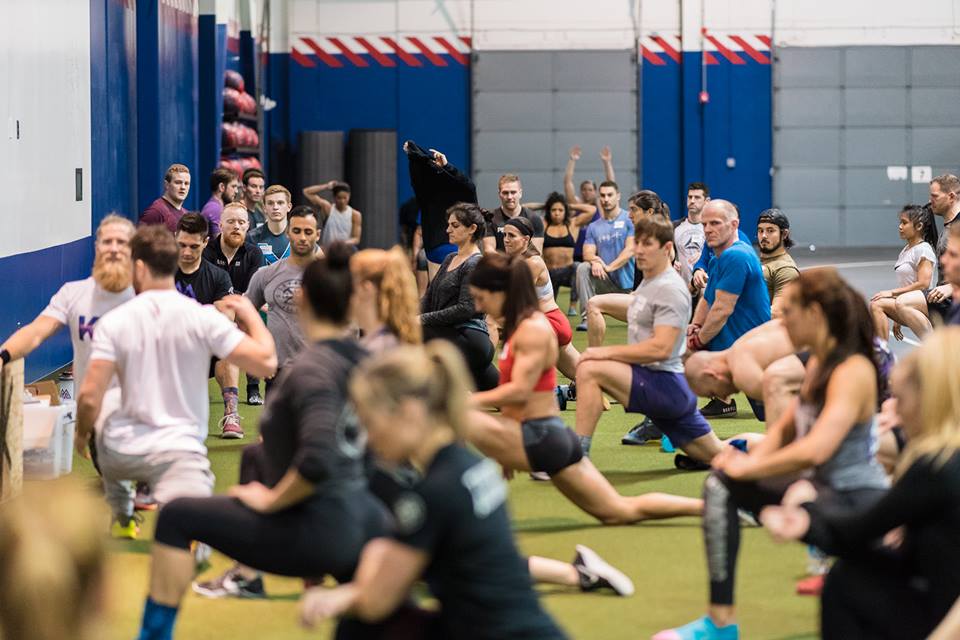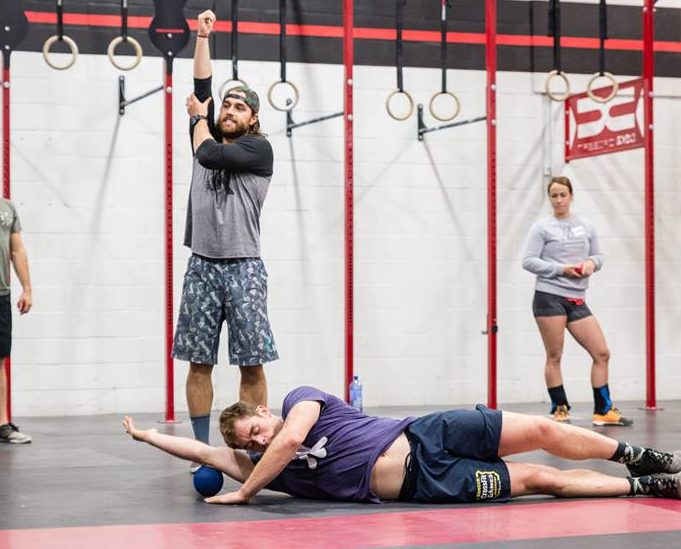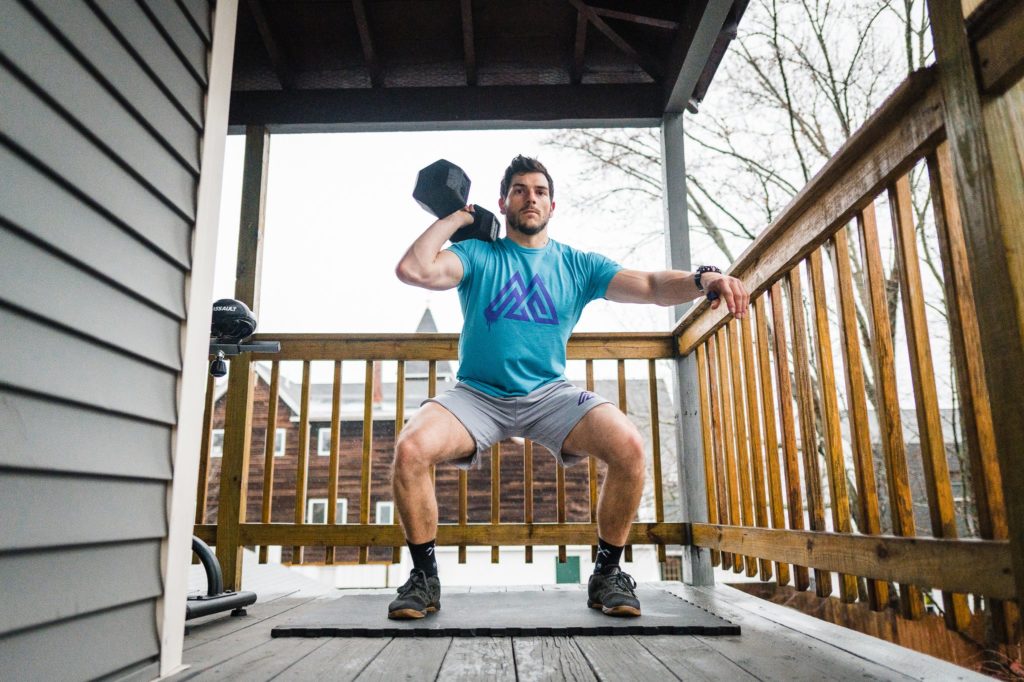A Deliberate Approach to Training: Part II What Happened to Rest Days?


A Deliberate Approach to Training: Part II
What Happened to Rest Days?
Hunter Wood
As we continue through the first of four cycles in our off-season, the high of last season’s victory or the sting of coming up short has hopefully morphed into a renewed sense of motivation and thirst for success. New goals have been set and commitment to the process is as high as ever, as you’ve really taken our teachings of intensity, perfecting movement patterns, and training with intent to heart. In Part I of this series, I expressed the need to not only train with intensity, but to differentiate your intentions between either training or competing. Both have very specific definitions, implications, and strategies, so if you missed Part I, I suggest you double back and check it out HERE. Our next topic gets less attention (although more than it used to) but is equally, if not more important than what you do in the gym. Everyone in the competitive community generally knows, or thinks they know how important recovery is. However, in a similar way that athletes don’t understand the difference between training and competing, many still do not understand recovering intently and with a purpose. As both an athlete and a coach who has watched athletes accumulate more volume on recovery days than on regular training days (or simply skipping them altogether), it is clearer than ever that if you want to have even a modicum of success in our sport, your recovery needs to be as intentional as your training. For many, this means a complete shift in how they view recovery, which is what we are going to dive into today.
How often have you seen or participated in a “rest day partner WOD”, or a “quick little EMOM” with some light bench pressing or rowing intervals, or “a few back squats” with a friend on your rest day? Don’t worry, I know you have because I have, too. This is a pervasive trend in our community and is largely the result of the culture and addictive nature of our sport. Competition, camaraderie, shared suffering, sacrifice, and personal achievement are not exclusive to fitness; they are themes shared by elite teams, military units, and successful businesses, all of which use these elements to varying degrees to create a culture of success and winning. The addictive nature of physical exertion, although certainly a “healthier” addiction relative to others, can be just as destructive to the competitive athlete if it is without direction and a complete understanding of both personal goals and why those goals exist. As an aside, I do not intend to disrespect anyone by using the term addiction. Once the “what” and “why” have been identified, we have to learn to temper the excitement and addiction to training with sufficient rest and recovery to sustain us toward achievement. For this topic specifically, it starts with a paradigm shift.
The premise of this shift is that we must no longer treat “training” and “recovery” as two separate entities. Recovery is simply a component of training, and the easiest way to comprehend this idea is to think of your entire season as one long interval. If your workout consists of rowing intervals, you recover during your rest period. If your training day has multiple workouts, you recover between workouts, and if you’re following a deliberate program to peak for a single competition months down the road, your recovery expands to full days and de-load weeks between training days and meso-cycles. To convince you further, imagine those rowing intervals are part of today’s program. You wouldn’t dare say to yourself “these intervals are pretty tough, but I could probably add a round of Cindy during my two minutes of rest to beef them up”, right? Of course not. If you had four pieces of programming to do today, you wouldn’t arbitrarily add some pull-ups or lunges between your back squats and your metcon, right? That would effectively turn your training day into one long piece with little intensity and excess volume. So if you wouldn’t scrap the recovery during rowing intervals, and you wouldn’t add unneeded volume between the components of your daily training, then why would you do either during your rest days – the most important rest interval you have?
The exact same concept is applicable to rest days and de-load weeks, simply extrapolated over a longer period of time with the intention of allowing you to dedicate the intensity we expect during the days, weeks, and cycles of our program. If you can start treating your rest days the same way you treat your rest between rowing intervals – wishing they were longer and came about more frequently.
Once you’ve committed to this concept, the idea of doing anything more than rejuvenating, intentional recovery practices on your rest days dissipates, and you intrinsically take a giant leap towards athletic maturity and your larger, more profound goal. This isn’t to say that you need to be the athlete who has a stick up their ass about playing a game with friends or trying a new sport because it’s “not in the program”. The familial, communal element of CrossFit has tremendous benefits that cannot always be measured with a barbell, but as a mature athlete you have to understand and accept that if you pick up one end of the stick, you pick up the other. Whether your goal is to qualify as an intermediate athlete for an out-of-season competition or to win the CrossFit Games, you have to acknowledge the level of sacrifice required to reach that specific goal. The former may be able to accomodate flexibility, whereas the latter needs to remain entirely laser-focused exclusively on things that will put him or her closer to that goal – nothing more. The idea of setting realistic goals is a separate but related topic that will be addressed in the next installment of this series, but for now you have the tools needed to start treating your recovery as seriously as you treat your lifts and metcons.
It’s easy to become addicted to the sport of fitness; the physical high and the dopamine dump so many athletes get following a tough workout is incredibly powerful. For many it’s the first step in their walk towards competing, but for the established competitor it can serve as a distraction at best and deleterious at worst. Start treating your recovery like you treat the rest between intervals. We preach and preach and preach that intensity is king, but now you have the knowledge and ability to treat your recovery with the same dedication and intensity you approach individual workouts. Treat your recovery deliberately and with a plan, and the rest will take care of itself – no pun intended.


